Dr H S Prayag & Meera Bhardwaj
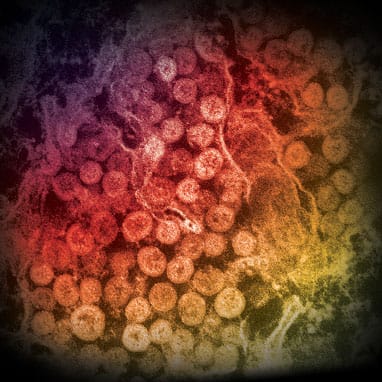
Even as China battles to contain the deadly novel Coronavirus, its neighbors Japan, South East Asia and others including India are striving to tackle it’s spread on a war footing. Although initially WHO spoke about Covid-19 tapering off by April, however, they too seem to be unsure of its deadly effect and its continuance. Excepting three cases in Kerala other states in India have managed to contain the virus by sealing and imposing quarantine measures on people who have come from Wuhan [the epicenter of COVID-19] or from other cities in China.
With no treatment (only experimental) or vaccination in sight for stopping this deadly virus, scientists in China and other countries are carrying out studies to know the COVID-19 transmission/host/route and other parameters. As the understanding of this Zoonotic virus is pretty dim now, global health experts warn that unless strict and mandatory measures are not imposed, the world may have a bigger problem on its hands.

As it is, China is facing a huge problem what with cities in the epicenter of the epidemic being completely shut. Its citizens are holed up inside their homes and allowed by authorities to go out of their homes for a short period of time. Schools, colleges and factories too are shut and what will be its implications on the global economy will only be known in the coming days. Added to this, Chinese people are building road blocks on city streets to stop people from moving one place to another. One can see construction of walls on roads in many residential areas of Hubei province.
QUARANTINE MEASURES
In India and South East Asia, measures have included segregation of people coming from Wuhan and China and a strict, mandatory quarantine period. However, people who have been airlifted from Hubei or other provinces from China are resisting the strict quarantine measures and a few of them have tried to break these restrictions.
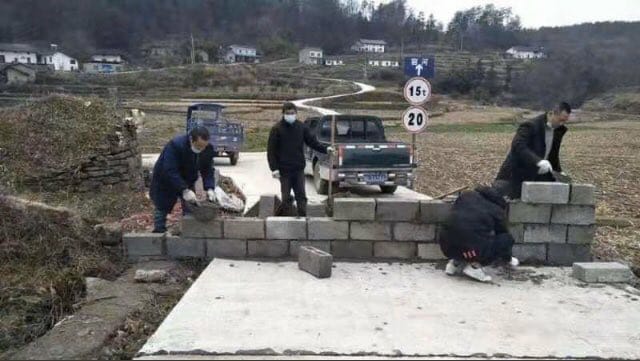
But with no treatment or vaccination in sight, it is a do or die situation for health authorities in these countries as none of them have either the resources, expertise or manpower that China has. As per ongoing research on the emergence of COVID-19, the current threatening highly pathogenic pneumonia virus continues to expand not only in China but also other countries.
NEW STUDIES
Epidemiological studies have revealed that some initial patients were exposed to HUANAN SEAFOOD WHOLESALE MARKET (South China Seafood Market). This is the largest seafood market in Central China where different species of WILDLIFE including BATS, MINKS, SNAKES and CHINESE BAMBOO RATS were sold here. These were COMMONLY SOLD along with different species of CATS, DOGS, PORCUPINES, POULTRY and other farm animals.
In these Wet Markets, dead and LIVE animals were sold together in the open with body fluids and blood originating from different species and leading to an exceptional source for the spread of infectious diseases. This definitely led to JUMP of SPECIES BARRIER by Pathogens.
In the aftermath of such blatant violations of wildlife consumption and unhygienic markets, China has seen a shocking number of 46,550 cases of Covid-19 while in Hubei province alone, it is 13,332 cases till February 15. So far, Coronavirus has killed 1523 people in China and one each in Philippines, Hong Kong, Japan and France. More than 24 countries have reported the spread of this virus and many of them have even suspended trade and travel links with China.
THE VIRAL RESEARCH
Research is an integral part of the outbreak response,” said WHO Director-General Dr Tedros Adhanom Ghebreyesus. “I appreciate the positive response of the research community to join us at short notice and come up with concrete plans and commitment to work together.”
Before the advent of SARS and MERS, four human coronavirus were thought to cause mild colds or infections in people with less immunity. Scientists in a recent research paper titled ‘ Novel Coronavirus [Covid-19] epidemic : a Veterinary Perspective’ have stated that this is a recombinant Virus. “There is certain evidence that COVID-19 originated from recombination between a bat SARS-like CoV and a coronavirus of unknown origin. Additionally, it has been proposed that SNAKE is the most probable wildlife animal reservoir for the COVID-19 based on the virus bias as it is closer to that of snake compared to other animals.”
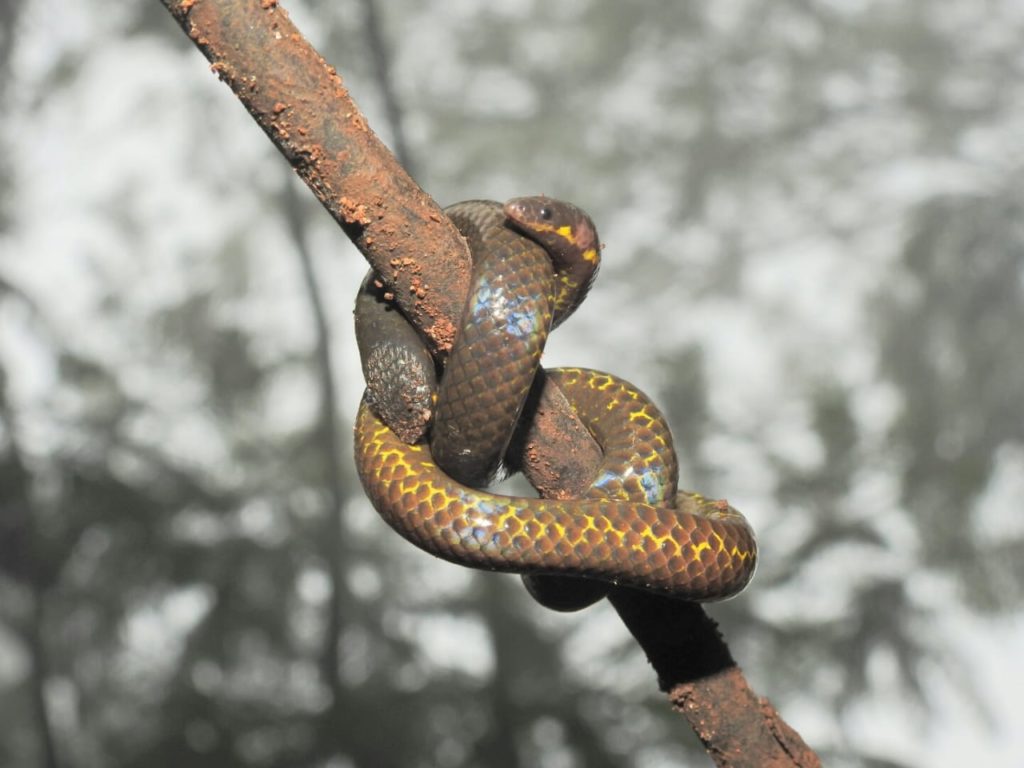
PANGOLINS RESPONSIBLE?
However, neither COVID-19-like sequences nor elements of its genome have been evidenced in snakes so far (Ji et al. 2020). In fact, researchers in Guangzhou, China, have suggested PANGOLINS (anteaters) often used in traditional Chinese medicine, as the probable direct animal source of COVID-19 for humans. This suggestion has originated from the detection of CoVs closely related to COVID-19 in pangolins. The genetic sequences of viruses isolated from the scaly anteaters are 99 per cent similar to that of the circulating virus. But caution is needed as genetic analyses are still going on, researchers stress.
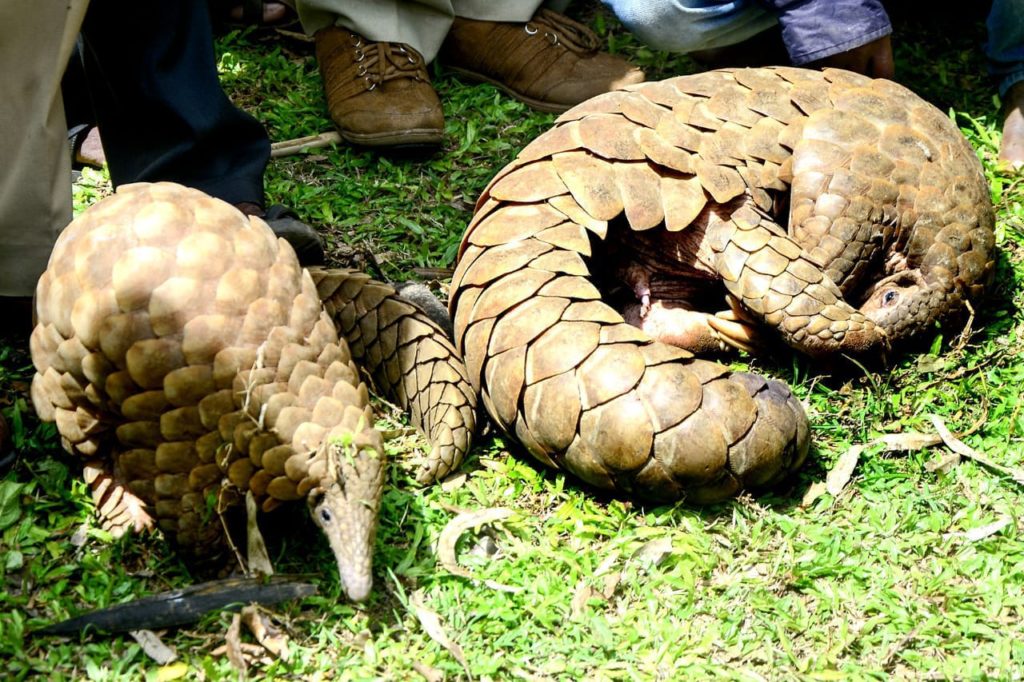
Scientists in South China Agricultural University Guangzhou who are working on isolating the virus say that PANGOLINS are the cause for Covid-19 transmission to humans. It is not very surprising as pangolins are the most trafficked animals in the world while its meat and scales are prized in China with varying uses and sold commonly in wildlife markets. So at the Wuhan Seafood market where Pangolins were sold illegally, the coronavirus infected first the people who worked here. However, scientists are yet to come out with answers – how it was transmitted to humans and how such a horrible scenario can be avoided in the future?
Even in the earlier case of SARS infection, the coronavirus spread from BATS to CIVET CATS to HUMANS in 2002-03 and caused severe and acute respiratory syndrome.
JUMPING SPECIES BARRIER
Since decades, we have known the existence of CoVs and its four different types affecting animals – Alphacoronavirus, Betacoronavirus, Gammacoronavirus and Deltacoronavirus. The alpha and beta infect only mammals while the gamma and delta coronaviruses infect birds. But some of them can also infect mammals. Most studies have focused on mouse hepatitis virus, feline infectious peritonitis virus and infectious bronchitis virus of poultry. But nowadays, porcine epidemic diarrhea virus causing severe gastroenteritis in young piglets, leading to significant mortality is also being studied.
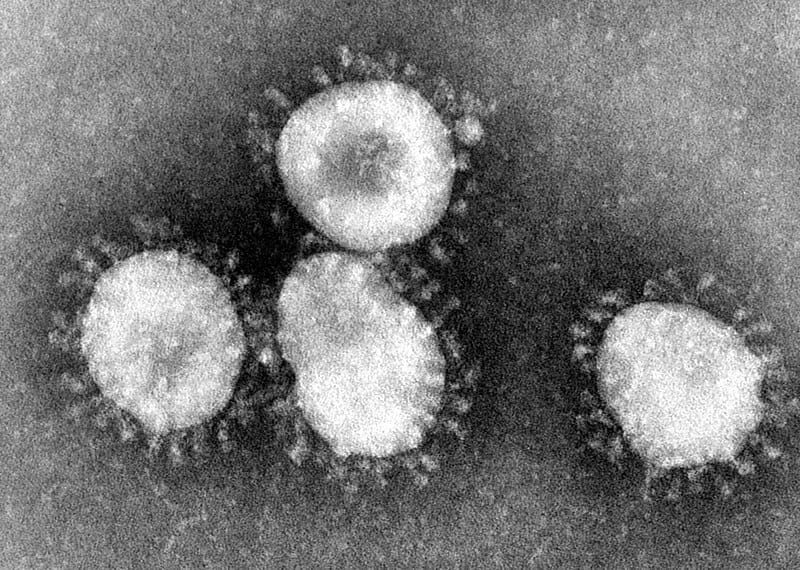
In this background, the emergence of Covid-19 denotes the significance of the strict relationship existing between human and animal health, ecosystem condition and human habits. It is accepted that many viruses have existed in their natural reservoirs for a very long time. But the constant spillover of viruses from their natural hosts to humans and other animals is largely due to human activities, including modern agricultural practices and urbanization.
NEED FOR PREPAREDNESS
Sounding a warning, health experts and researchers say the most effective way to prevent VIRAL ZOONOSIS is to maintain the barriers between natural reservoirs and human society. ONE SHOULD BE AWARE – all the recent human health hazards have been caused by zoonotic agents.
So the time is ripe now for governments to take into account – the ‘potential’ of a given disease to cause a pandemic and how severe can be the impact on humans and animals, and whether the disease is listed as a potential agent of bioterrorism.

In all cases, the role of veterinarians is crucial. They have to operate in the veterinary public health system in which human health and well-being are the central tasks. Presently, veterinary virologists are operating and working in virus surveillance and pathogenesis studies in domestic animals and wildlife, a crucial aspect in trying to understand the etiology of viral zoonosis.
Further, their impact on individual health as well as on populations over time needs to be assessed. In view of the continuing crises, there is an urgent need for preparedness for “new human emerging diseases” in the coming days. Dr Micheal Ryan, WHO stresses, “We’re still saying to governments around the world that we still have an opportunity to prepare for the potential spread of the virus.”

Comment here